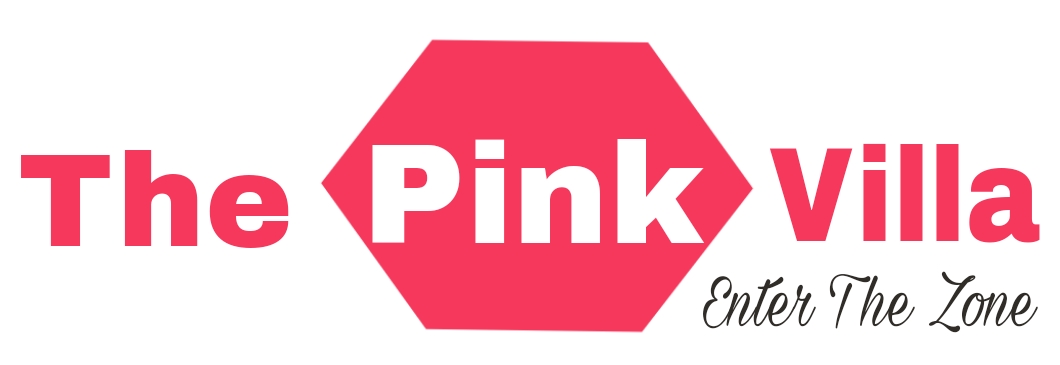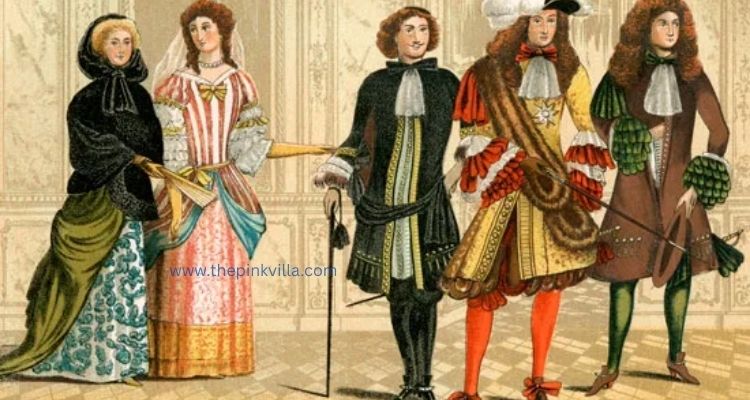When we think about 17th century fashion, images of lavish fabrics, intricate designs, and bold silhouettes come to mind. This century was a vibrant era where clothing expressed status, power, and personality. Let’s dive into the world of 17th century fashion and explore what made it so unique.
What Was the Fashion Style in the 17th Century?
The fashion style in the 17th century was all about extravagance and detail. For women, dresses featured wide skirts supported by farthingales and tight bodices. Men wore doublets, breeches, and lace collars—fashion that balanced practicality with showiness. During a costume party once, trying on a replica of a 17th century gown, I was stunned by the weight and richness of the clothes. It really brought history to life!
17th Century French Fashion
17th century French fashion heavily influenced Europe. The court of Louis XIV set high standards—think luxurious silks, ruffles, and embroidered detailing. It became a symbol of power and elegance. French nobility’s outfits were colorful and heavily accessorized with lace and jewels. Fashion wasn’t just about looks—it was a statement.
17th Century Women’s Fashion
Women’s wear in the 17th century was elaborate. The wide skirts created an hourglass silhouette, and sleeves were often puffed or layered. Lace and embroidery were common. Personal grooming and makeup also took center stage. I read that ladies spent hours getting ready for court appearances, showing the importance of fashion in social life.
17th Century Men’s Fashion
Men’s fashion in the 17th century’s had flair and function. Doublets fitted closely, often padded for shape. Breeches ended just below the knee. Accessories like wide lace collars, cuffs, and silk stockings added elegance. One quirky fact: men often wore wigs as a sign of status—a trend that began around this time.
Which of These Was Not Part of Men’s Fashion in the 17th Century?
Curious about specific items? Shoes with high heels, lace collars, and cloaks were common. However, styles like tight pants down to the ankle, which came later, were not part of 17th century’s men’s fashion. This distinction helps spot fashion by era.
What Is the 1700s Style Called?
The early 1700s style evolved into the Baroque and Rococo fashion. These styles favored even more ornamentation, favoring floral patterns and lighter fabrics. The 17th century was more about heavy luxury and bold presence.
What Is the 17th Century Era Called?
Often called the Early Modern Period, the 17th century bridged the Renaissance and the Enlightenment. Fashion during this era expressed the societal shifts, blending tradition with emerging trends.
The 3-3-3 Rule in Fashion: A Modern Tip Inspired by History
A fun modern twist on understanding fashion is the “3-3-3 rule”: pick three tops, three bottoms, and three pairs of shoes for versatile outfits. While not from the 17th century, this idea echoes the mix-and-match nature of dressing up. Back then, people layered and accessorized for variety despite limited wardrobe sizes.
Conclusion
The 17th century’s fashion reveals much about society, culture, and history. From the lavish French courts to everyday wear, the styles showed personality and status. Whether you’re a history buff or just love vintage fashion, exploring this era offers a fascinating look into how clothing shapes identity. Dressing in 17th century-style outfits, even for fun, connects us to a rich past full of elegance and charm.

